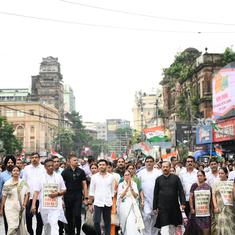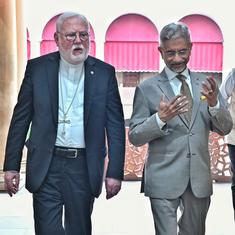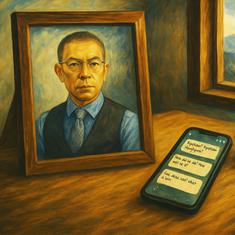An eventful afternoon in Austria saw Lewis Hamilton come out victorious and cut teammate Nico Rosberg’s championship lead to 11 points. Different tyre strategies mixed with colder track temperatures at the Red Bull Ring resulted in a near-chaotic race, throwing up various talking points, as well as a serious question staring at the remainder of this season.
The Race
Ferrari and Red Bull Racing had gambled on super-soft tyres for the race, owing to high track temperatures on Saturday. It was in direct contrast to the ultra-soft tyres, adopted by the rest of the grid, and the two teams held an upper hand. They didn’t account for the overnight rain, though, and on Sunday the track temperatures weren’t as high.
It meant that the four cars were not at an advantage anymore. Furthermore, the temperatures were so low and the loads on tyres so high that most drivers opted for the hardest compound available during this weekend – softs – at the first pit-stops itself. Daniel Ricciardo suffered, as did his teammate Max Verstappen and Ferrari’s Kimi Raikkonen, but Force India’s Nico Hulkenberg was impacted the most. He suffered from such bad wear on his rear tyres that despite starting at P3, his race was completely destroyed and he retired after 64 laps.
Sebastian Vettel was guilty of staying out too long on his set of super-softs, crashing on the start-finish straight on lap 26 after his rear right tyre failed. While there was disappointment for the German four-time champion on his birthday, his compatriot Pascal Wehrlein finished 10th for Manor, his first points of the season – and his career – as well as only the second-ever points’ finish for the minnow team.
The incident
Verstappen recovered from his early pit-stop to drive an impressive race of judgement and finished second, although his erroneous one-stop strategy allowed both Lewis Hamilton and Nico Rosberg to overtake him. Verstappen still finished on the podium, a brilliant result in a race of high tyre degradation considering that he is only 18 years old.
Overtaking Verstappen opened the gates for another chapter in a series of clashes between Rosberg and Hamilton. The German was leading the race at that point and it looked an immaculate drive starting from P6, considering he had crashed in third practice and suffered a broken suspension as well as a gearbox-change penalty. Until then, it was the drive of a champion elect. But things changed quickly afterwards.
Rosberg was on the slower tyres at that point in the race, using the super-softs as he had run out of softs, while Hamilton was on the faster set and thus was able to close the gap quickly. What happened thereafter must put the German in the dock, for he not only rammed his teammate but also drove him out of space on track.
On that last lap of the race, he had failed to gain momentum out of turn one and then went in deep into turn two. By then, Hamilton had moved ahead of him whilst holding an outside line and allowing sufficient space to his teammate for turning right into the corner. Much to the surprise of everyone watching – not just in the Mercedes’ garage, but also across the world – Rosberg didn’t turn, instead driving into Hamilton’s car.
It resulted in a broken front wing for him and he could only nurse the stricken car to finish fourth, while Hamilton went on to win the race. Afterwards, both drivers deflected blame onto each other, with Rosberg astonishingly adamant about not making a mistake despite being penalized 10 seconds by the race stewards. That Hamilton didn’t get any censure, and was not even investigated, says a lot about whose guilt it really was.
The team orders question
This incident is a definitive flashpoint in the Rosberg-Hamilton relationship. They had clashed four races ago, on the very first lap in the Spanish Grand Prix, costing a double retirement for the Mercedes. In Austria, the team was looking at a 1-2 finish and ended up with a 1-4 finish instead. Quite obviously, it has led to the team management considering sterner ways to deal with this situation.
After the race, team principal Toto Wolff said that "one option is to freeze the order at a certain point". He also added that such a move would be very "unpopular". In that last bit, there can be no doubt. F1, in general, is going through a rough patch in terms of popularity. There are many reasons for this, including new circuits that do not help overtaking, rules that do not help make the show better and, of course, the dominance of one team over any given period of time.
Red Bull Racing enjoyed such ascendancy during the last cycle of rules that were based on aerodynamics. It is Mercedes now, with engine-power the watchword of this current rules’ cycle. Red Bull had to contend with Vettel and Mark Webber fighting it out on track, and now Mercedes have to do the same with Rosberg and Hamilton. This is motorsport, and racing incidents will happen from time to time. As such, it becomes the responsibility of the concerned team that they do not interfere with what goes on during the race, thus protecting the image of the sport.
There is a marked case that also should prove a deterrent in terms of team orders. It was in Austria back in 2002, when Ferrari forced Rubens Barrichello to cede his position to Michael Schumacher.
In it’s current poor health, Formula One cannot afford a repeat of that sham.










